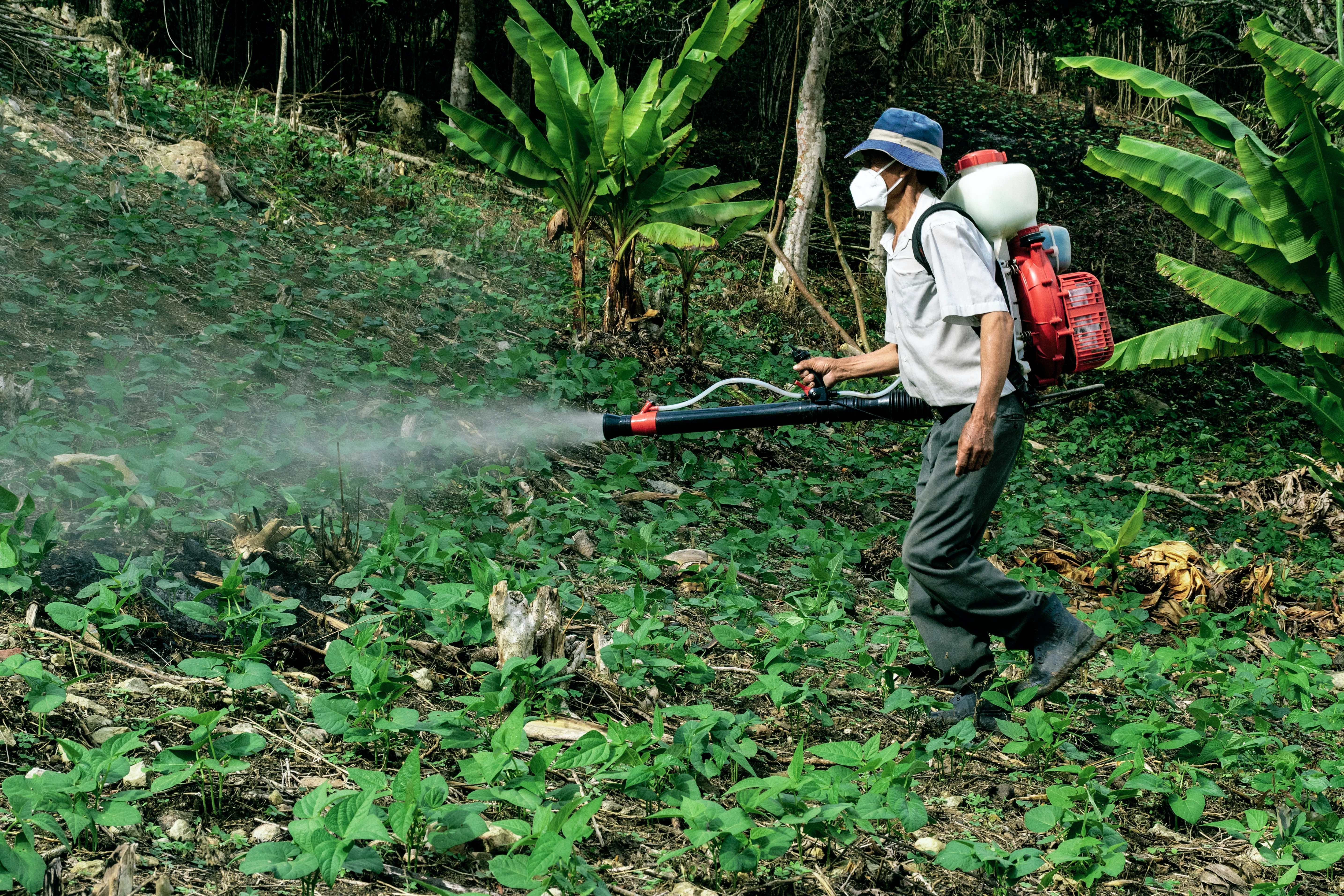Sample by My Essay Writer
Introduction
Pesticides have received much criticism over the years in their application on food. But they aren’t as dangerous as many people think. To provide a clear picture of pesticides and their application to the foods most of us eat, it is important to provide a clear definition of pesticides. They are commonly used on nearly every type of food we eat where the control of pests is necessary. The reason why it is important to control these pests is because they can destroy crops. The use of pesticides can improve the safety, quality and shelf-life of the food. In an age where there is an increasing demand for food and a decreasing supply, it is important that we use pesticides, despite what many critics may think about them. While pesticides are poisonous, they do not harm people when the food is washed.
 Body
Body
An important question to ask when determining whether the food we eat is safe is: “How much pesticide is left on the food that we consume?” The remaining amount of pesticide is called the pesticide residue, (Food Safety, 2012). There is a certain amount that is safe to leave on the food and this amount is determined by the U.S. Environmental Protection Agency. The legal limit that is allowed is called the pesticide tolerance. In order to determine how much is safe to leave on the food, the EPA determines the potential health and environmental risks of that pesticide.
Reducing pesticide residue: While the EPA is designated to ensure the public safety when it comes to food, many people aren’t convinced it is safe to eat. For these people, they can turn to products that aren’t organically grown, and allows for the consumption of food without what they consider to be the hazard of pesticides. Many other people are concerned about pesticides, but they don’t feel that they need to eat organically grown food, or they just can’t afford it. For these people, there are actions that can be taken to ensure that their food is even more pesticide free than what the EPA determines. These tips are provided by the National Pesticide information Center. Washing the food will make a difference in the amount of pesticides that are consumed. Washing the produce with running water is more efficient than dunking or soaking it, because it ensures the removal of the pesticide from the surface, rather than redistributing it. Instead of just washing the food, it can also be effective to scrub the firm fruits and vegetables, such as melons and root vegetables. The outer layer of leafy vegetables can be discarded to reduce exposure. Peeling the fruit and vegetable whenever possible will also help. Fat and skin can be trimmed from meat, fish and poultry to further decrease the amount of pesticide residue that is found on the fat. Also, eating a variety fruits and vegetables will limit the exposure to a single type of pesticide. Use a clean cloth or paper towel to dry the food, in order to ensure that a different type of towel doesn’t become a source of contamination, (Food Safety, 2012).
Consumers should know that much of organic food also contains pesticides. In fact only 95 per cent of the ingredients in organically grown food is organic, (Pesticide, 2006). Also, only 70 per cent or more of the ingredients are designated organic, while the other 30 per cent meet the U.S. Department of Agriculture approval.

Conclusion
There are clear ways to reduce the amount of pesticides that are found on foods, but it should be noted that the food on grocery store shelves has to meet specific requirements from the EPA. These requirements are the result of research used to determine the human tolerance level to these foods. While organic foods provide a solution to those who don’t want to eat any pesticides at all, it should be noted that this type of food costs more. This is because there are more labor-intensive ways to ensure that the food is free from pests. Also, while there is a great reduction in the amount of pesticides on organic foods, this doesn’t mean that they are all free from pesticides. This makes washing food that was grown with pesticide sometimes even more effective at ensuring the food is relatively pesticide-free. In choosing whether to eat organic food or food that is grown with pesticides, it’s important to determine whether the extra cost is worth it. After all, as research has shown, that the food available on grocery shelves has met certain standards of pesticide tolerance. Furthermore, washing your food will further ensure that the items are safe to eat. Also, the amount of pesticides found on food that is washed is even lower in some cases than the amount of pesticides found on organic foods.
Works Cited
“Food Safety, Preparation and Storage Tips.” (2006). University of Arizona.
“Food Safety,” (2012). National Pesticide Information Center. Retrieved from







